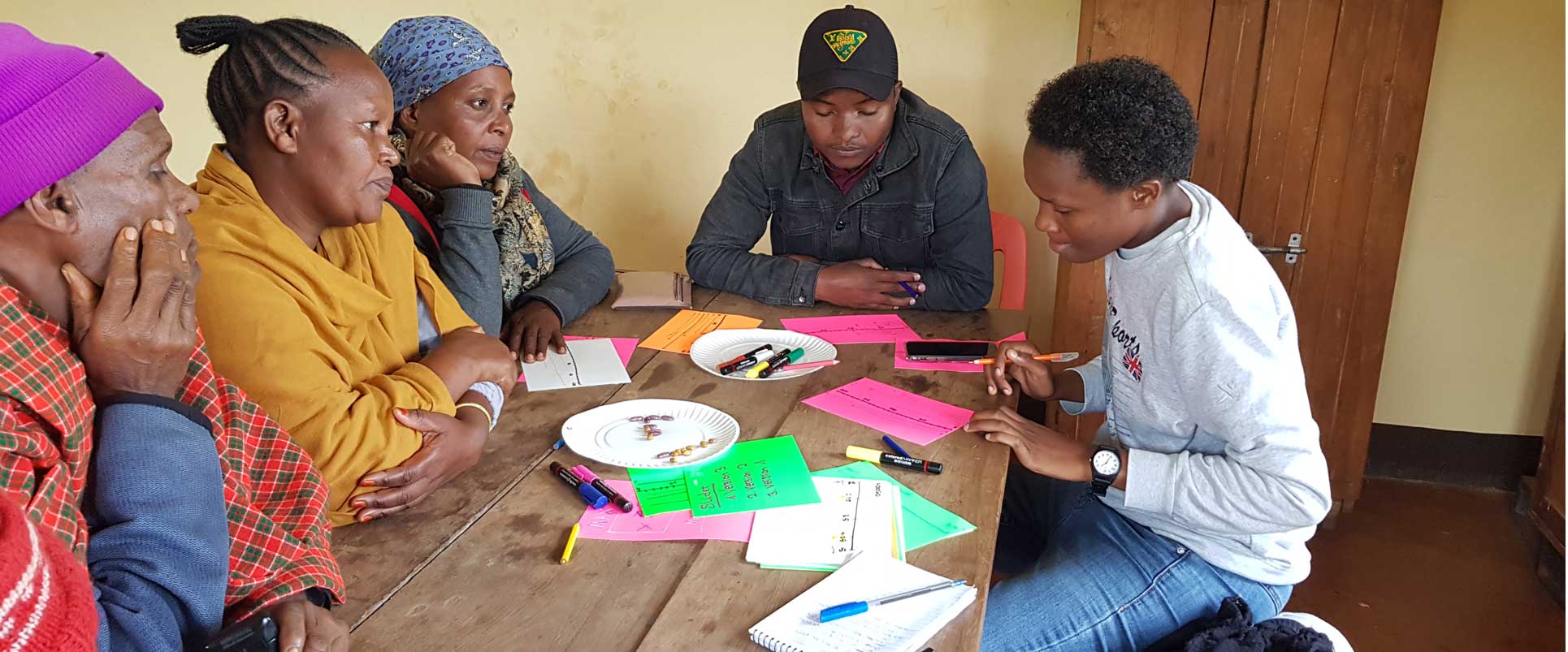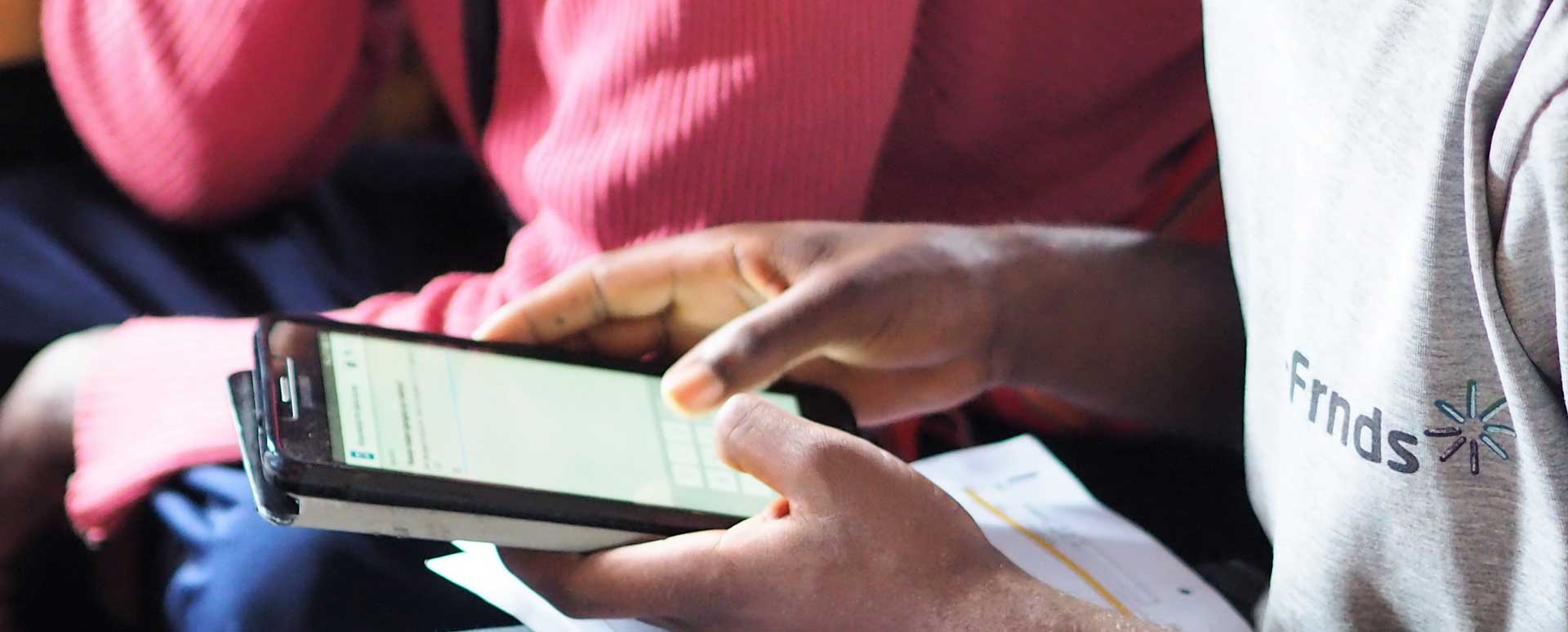Data Collection Methods
Research Focus
Explore
Danger of Bias
Self-reporting bias – Cannot predict behavior!
Group dynamics
Hindsight Bias – Memories of the past can be filtered through present knowledge
Focus Groups
Aim
Collect feedback on users’ general opinions and impressions, understand mental models and language
To Prepare
Interview guideline
Recruit participants
Recording equipment
Collected Data
Group answers
Social truths (attitudinal data)
Self-report on potential usage of service
Likes, dislikes, values

Research Focus
Explore
Danger of Bias
Self-reporting bias – Cannot predict behavior!
Extreme individual opinions
Hindsight Bias – Memories of the past can be filtered through present knowledge
Desirability Bias
User Interviews
Aim
Understand users’ individual opinions, needs and practices
To Prepare
Interview script or guideline
Schedule interview
Recording equipment
Collected Data
Individual answers
Beliefs and perceptions (attitudinal data)
Self-report on potential usage of service
Likes, dislikes, values

Research Focus
Explanatory / Evaluative
Danger of Bias
Sampling bias
Leading questions, visual prompts, etc.
Desirability Bias
Surveys
Aim
Quantify qualitative insights – e.g. “How many users have this problem with our product?”
To Prepare
Questionnaire
Sample respondents
Channel of distribution
Collected Data
Individual quantified answers (attitudinal data)
Research Focus
Evaluative
Danger of Bias
Recency Effect – your latest may not be your best insight
Hawthorne Effect – observers change the scene
Usability Testing
Aim
Test user experience of specific users with a tangible product to find usability issues and find answers to the question: “How to improve a product?”
To Prepare
Product testing environment/ scenario
Recruit testers
Recording equipment
Collected Data
Observations on design and usability (behavioral data)
Individual or group answers to follow up questions (attitudinal data)
Feedback on design

Image by Mariette McCampbell
Research Focus
Explorative
Danger of Bias
Clustering illusion – seeing patterns where there are none
Stereotyping – Bias may lead your observations and interpretation
Field Observations
Aim
Collect information on user context and product environment to find answers to the questions: “Should we build a product? How should we build it?”
To Prepare
Observation guide
Schedule field visit
Recording equipment
Collected Data
Observations on users’ contexts (behavioral data)

Source: Aline Weinsheimer
